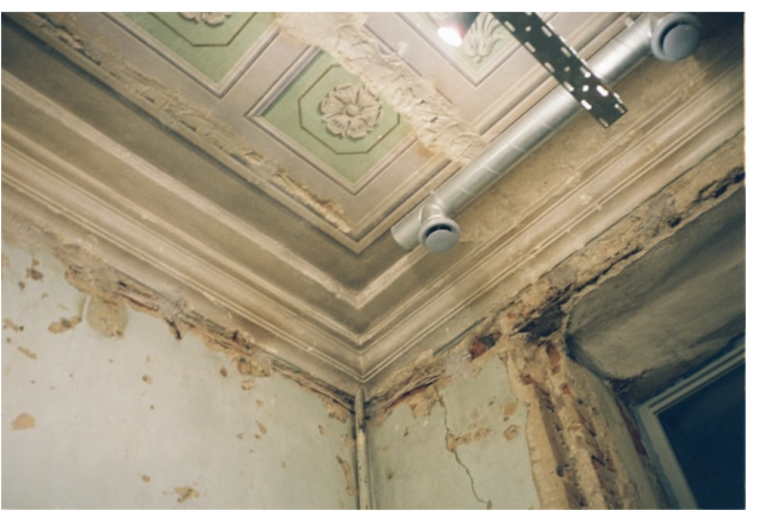Is Black Mold Lurking in Your Kitchen? Signs, Dangers, and Solutions

Most common kitchen issues, like clutter or spills, are generally harmless. However, if not properly managed, your kitchen can also be a source of significant safety and health hazards. One of the most frequent and dangerous hazards you may encounter is mold.
While fuzzy, black residue is a clear indicator, mold can also grow unnoticed in damp environments. Stay alert to any potential signs of mold to protect your health. Below, experts outline hidden signs of mold in your kitchen and guide what to do if you discover any.
Steps to Take When You Discover Mold in Your Kitchen
If mold is found, avoid disturbing it to prevent the release of spores into the air, which worsens the issue. Small mold patches, under 10 square feet, may be cleaned using a vinegar solution (protective gear is necessary to avoid health risks). For extensive infestations, consulting a mold remediation company is recommended.
Dangers of Black Mold
Black mold releases spores that can become airborne. Additionally, molds emit microbial volatile organic compounds, leading to a musty odor. Allergy symptoms may arise in response to the spores or mVOCs, triggered by an overactive immune system. This immune response induces inflammation in the nose, eyes, and lungs. Even without allergies, irritation from mVOCs is possible.
Signs Of Black Mold
Identifying mold growth typically occurs following a water intrusion, possibly due to a leak, flood, or even lingering condensation.
Since water is crucial for mold development, uncovering such breaches indicates potential mold presence in your home.
Signs of black mold indoors could include a musty odor, darkened tile grout, and distorted drywall. While homeowners can often spot visible mold, detecting hidden growth in concealed areas may necessitate professional intervention for thorough drying, disinfection, and restoration.
Your HVAC System Has an Unusual Odor
An odd smell emerging is a potential indicator of mold growth. This scent could manifest in your air conditioning unit, particularly if there’s a leak in the condenser, leading to moisture that fosters mold development.
The Grout Between Your Shower Tiles Appears Dark
Mold often forms on the grout between tiles in your bathroom or kitchen. While homeowners can sometimes address this issue easily, it may also signal underlying mold growth behind the tiles.
Your Wallpaper Is Peeling
Moist, peeling wallpaper provides an ideal environment for mold growth. Like other types of mold, black mold thrives by attaching to surfaces like paper or wallboard that stay moist. The peeling wallpaper offers good cover for the mold to avoid drying out in sunlight.
Persistent Cold-Like Symptoms
Exposure to mold at home commonly causes health symptoms resembling a cold. Coughing, wheezing, and headaches are typical for most affected individuals.
Dark Spots on Your Walls
Dark spots on walls are a significant sign of mold growth. Initially seen when walls are damp, this discoloration can signify the presence of mold colonies expanding in size over time. Prompt investigation into the cause of discoloration is recommended.
Aggravated Asthma Conditions
Mold exposure can lead to various health problems, particularly for asthma sufferers. Those with asthma may experience worsened symptoms, potentially resulting in severe, sometimes life-threatening conditions.
Endnote
It’s essential to take steps to stop mold from coming back in your kitchen. Keep your kitchen dry and well-ventilated. Quickly fix leaks or plumbing problems and routinely clean and disinfect moldy surfaces. Use mold-resistant paint and caulk to seal off areas and prevent mold from growing.
